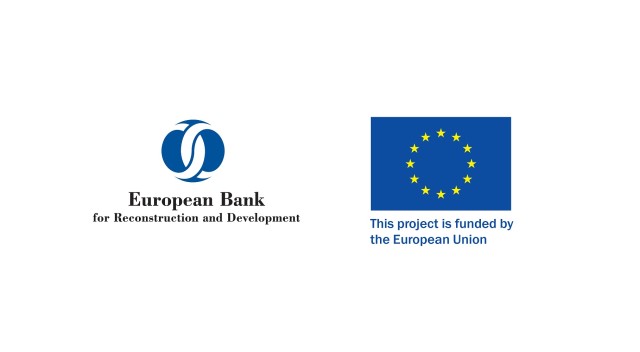The total mobilization metric aligns with current priorities and ensures greater transparency
- EBRD achieves record direct mobilization of €2.8 billion, total mobilization of €26 billion
- Total mobilization is a comprehensive metric, including both direct and indirect mobilization
- The new approach provides more transparency on the Bank’s work in mobilizing investors
LONDON: The European Bank for Reconstruction and Development (EBRD) delivered a record volume of direct mobilization in 2023 and is now pioneering a new total mobilization metric to report on its overall mobilization activities. Total mobilization is a comprehensive metric that includes private, public, direct, and indirect mobilization.
The new methodology improves on the Bank’s existing annual mobilized investment (AMI) figure and captures a wider array of impactful forms of mobilization. By shifting to total mobilization, the EBRD intends to enhance its reporting standards to provide a fuller picture of its growing work, particularly on mobilizing private-sector finance.
Christian Kleboth, EBRD Head of Debt Mobilisation, said: “Despite the challenging nature of measuring mobilization, adopting the new methodology is a bold step in the right direction. The Bank is rising to this challenge, stepping up its reporting to ensure greater transparency that will be key to unlocking further private investment flows to the EBRD regions.”
For more than thirty years, the Bank has been supporting these countries in transitioning to open and market-oriented economies. Mobilization in general, and private mobilization in particular, have always been at the core of the EBRD’s operations. The escalating climate crisis and the widening gap between public institution financing and development finance require more private-sector investment to help economies reach their climate and related development goals. This is particularly acute as the widening climate-finance gap will require an additional annual investment of US$ 2-2.8 trillion (€1.8-2.6 trillion) by 2030.
With this in mind, the EBRD has been stepping up its private-sector mobilization efforts to help its economies meet their investment needs. Throughout 2023, the Bank’s total mobilization, or the overall amount of unlocked investment from all sources, amounted to €26.2 billion. This included direct mobilization (AMI) of €2.8 billion and a preliminary figure for private indirect mobilization of €23.4 billion.
Last year, for example, the EBRD’s policy work in Egypt led to the investment of billions of euros in the renewable energy sector through the country’s ground-breaking Nexus on Water, Food and Energy (NWFE) platform. In the same year, the Bank arranged the mobilization of US$ 246 million (€225 million) from multiple private lenders for a wind power project in Uzbekistan for a tenor of 20 years, alongside its own US$ 300 million (€275 million) investment. The Bank plans to do more, and the total mobilization metric is best placed to measure its crucial work.
Mobilization is not exclusive to the EBRD; multilateral development banks and development finance institutions are continuing to improve reporting standards together. The EBRD’s shift to the new metric is a pioneering move that will benefit the Bank’s economies and the wider development finance community.
The EBRD is a multilateral bank that promotes the development of the private sector and entrepreneurial initiative in 36 economies across three continents. The Bank is owned by 72 countries as well as the EU and the EIB. EBRD investments are aimed at making the economies in its regions competitive, inclusive, well governed, green, resilient andintegrated.

